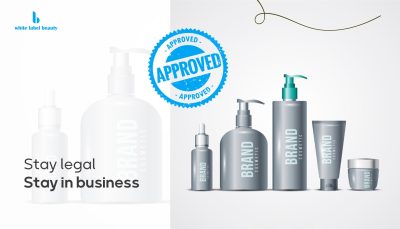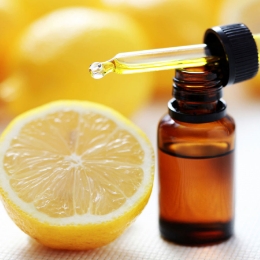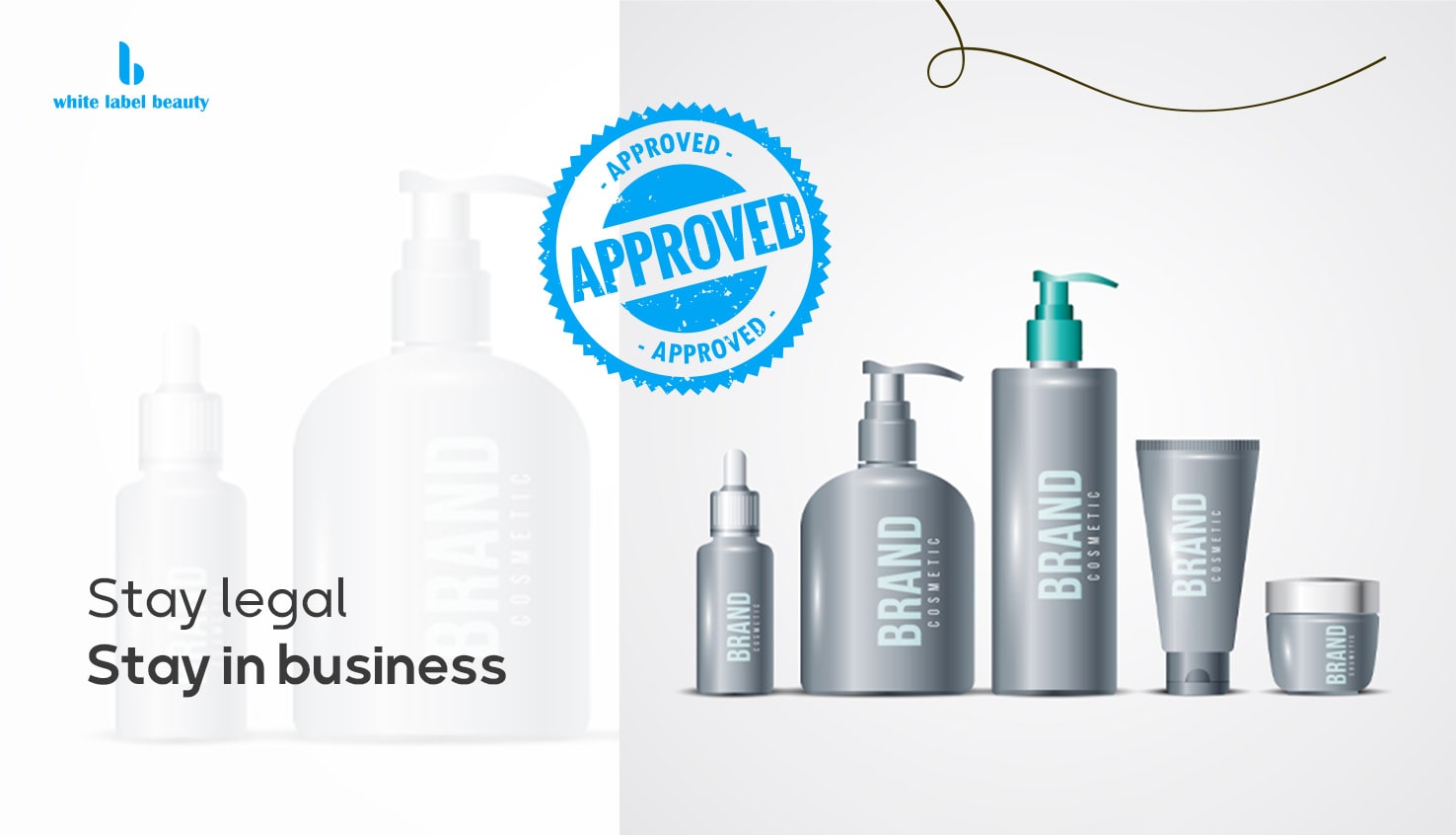UK Cosmetic Regulations Every White Label Brand Must Follow (2025 Guide)
Launching a beauty or skincare brand in the UK is exciting—but before your products hit the shelves, they must comply with strict cosmetic regulations. Whether you are starting with white label cosmetics or custom formulations, understanding UK cosmetic law is essential for success. In this guide, we’ll walk you through the key regulations every brand owner must know in 2025.
Why Cosmetic Regulations Matter
Cosmetic regulations are designed to protect consumers and ensure product safety. For white label brands, compliance not only builds trust but also prevents costly recalls or fines. Following the rules also helps your brand appear professional and credible in the competitive beauty market.
1. The UK Cosmetics Regulation (UKCR)
Since Brexit, the UK follows its own framework called the UK Cosmetics Regulation (UKCR), based on EU law but with key differences. Every product placed on the UK market must:
-
Be safe for human health when used as intended
-
Have a responsible person established in the UK
-
Be correctly labeled with ingredient lists and safety information
2. The Role of the Responsible Person
Every cosmetic product sold in the UK must have a Responsible Person (RP)—either the manufacturer, importer, or a designated third party. The RP ensures:
-
Compliance with UK law
-
Safety testing and documentation
-
Notification on the UK Submit Cosmetic Product Notification (SCPN) portal
For white label brands, the manufacturer often provides this service, but always confirm before launching.

3. Cosmetic Product Safety Report (CPSR)
A Cosmetic Product Safety Report (CPSR) is mandatory for every product. This includes:
-
Toxicological profile of ingredients
-
Assessment of product safety
-
Information on impurities and microbiological quality
Your white label supplier should provide CPSRs for their formulations, ensuring your products meet regulatory standards.
4. Product Information File (PIF)
Each cosmetic must have a Product Information File (PIF) stored and accessible for authorities. A PIF includes:
-
The CPSR
-
Manufacturing details (GMP compliance)
-
Evidence of claimed effects (e.g., “hydrating,” “anti-aging”)
-
Animal testing declaration
5. Ingredient and Labeling Rules
UK law requires clear, accurate, and compliant labels. This includes:
-
INCI ingredient listing (International Nomenclature of Cosmetic Ingredients)
-
Batch number for traceability
-
Expiry date or PAO (Period After Opening) symbol
-
Country of origin (if imported)
-
Warnings for specific ingredients (e.g., sunscreens, hair dyes)
Your branding should always balance creativity with regulatory requirements.
6. Notifications via SCPN
Before your cosmetic can be sold, it must be registered on the UK Submit Cosmetic Product Notification (SCPN) portal. Information required includes:
-
Responsible Person details
-
Product category and function
-
Labeling information
-
Ingredients list
Without SCPN registration, your product cannot legally be marketed in the UK.
7. Claims and Marketing Compliance
The UK strictly regulates cosmetic claims. All claims must be:
-
Truthful – No exaggeration or false promises
-
Evidence-based – Backed by testing or scientific proof
-
Not misleading – Avoid medical claims (e.g., “treats eczema”) unless licensed as a medicine
Final Thoughts
Launching a white label beauty brand in the UK is a smart, cost-effective way to enter the market—but compliance is non-negotiable. Partnering with a trusted white label manufacturer ensures your products are safe, legal, and market-ready.
✅ At White Label Beauty UK, we help startups and growing brands navigate cosmetic regulations with ease—so you can focus on building your brand.


